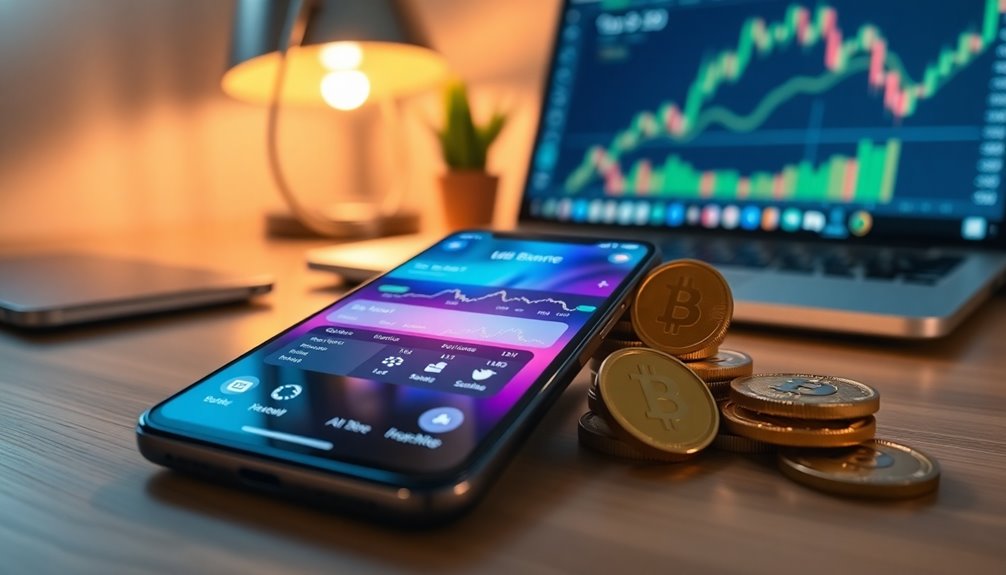A self-custodial wallet gives you complete control over your cryptocurrency by allowing you to manage your private keys without relying on third parties. You can send and receive crypto directly, gaining privacy and autonomy over your transactions. With a self-custodial wallet, you protect your assets from freezing or confiscation, enhancing your financial security. While they offer advantages like no management fees and offline security, you'll need to ensure you follow best practices for password protection and be cautious of phishing scams. If you're curious about how to optimize your wallet's security and functionality, there's a lot more to uncover.
Key Takeaways
- A self-custodial wallet allows users to manage their private keys without relying on third parties like exchanges or banks.
- Users have full ownership and control over their cryptocurrencies, ensuring assets remain secure and untouchable.
- These wallets provide interfaces for sending, receiving, and interacting with decentralized applications (DApps).
- Enhanced security features, such as cold storage and two-factor authentication (2FA), protect against hacking and unauthorized access.
- Self-custodial wallets facilitate transaction privacy, avoiding KYC requirements and enabling direct blockchain access.
Key Features Explained
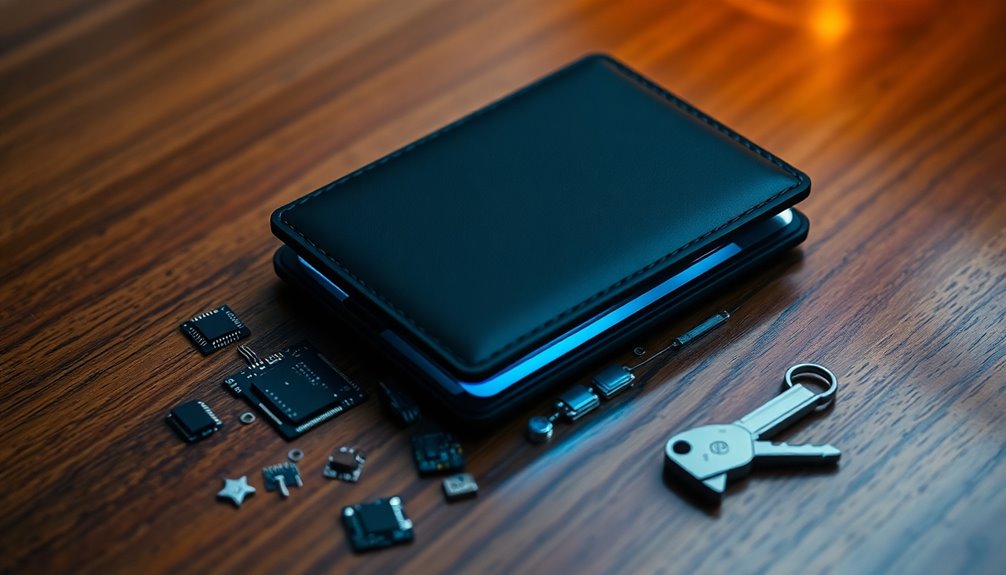
When you choose a self-custodial wallet, you gain unparalleled ownership and control over your cryptocurrencies. You hold your private keys, ensuring no one else can access your assets. This decentralization eliminates the need for intermediaries like exchanges and banks, giving you complete autonomy over your transactions.
Your assets remain untouchable; they can't be frozen or confiscated by external entities. Additionally, the use of cold wallets significantly enhances security, as they are physically disconnected from the internet, making them far less vulnerable to hacking attempts.
Security is heightened as self-custodial wallets often remain offline, significantly reducing hack risks. You can store your private keys securely, keeping your transactions anonymous.
With transaction signing done directly through your private key, you won't need approval from third parties. Plus, features like two-factor authentication and recovery options further enhance your wallet's security, ensuring peace of mind for your investments.
Self-Custody Wallet Overview
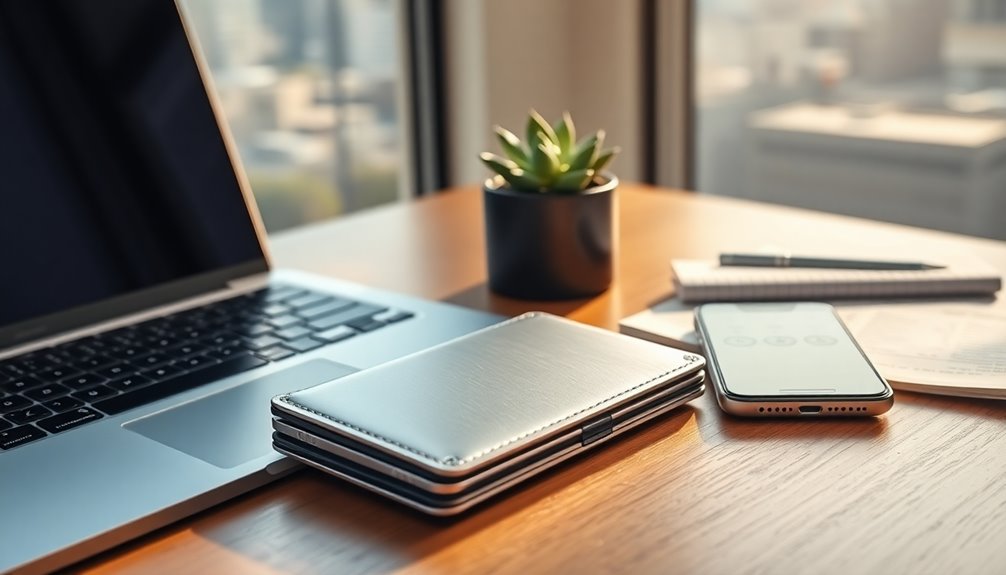
A self-custody wallet empowers you to take full control of your cryptocurrency assets by allowing you to manage your own private keys. Unlike custodial wallets, you don't rely on third parties, ensuring complete ownership.
These wallets serve as an interface for managing crypto stored on blockchains, enabling you to send and receive assets while connecting to decentralized apps (DApps). Additionally, using a self-custody wallet mitigates risks associated with custodial services, such as potential fraud or misuse of funds by third parties.
Security is your responsibility, so use strong passwords and enable two-factor authentication (2FA). Regularly update your wallet software and store your private keys securely, ideally offline.
You can choose from hardware wallets for long-term storage, software wallets for convenience, or multi-signature wallets for added security.
Always back up your wallet and keep your seed phrase in a safe location.
Transaction Control and Privacy
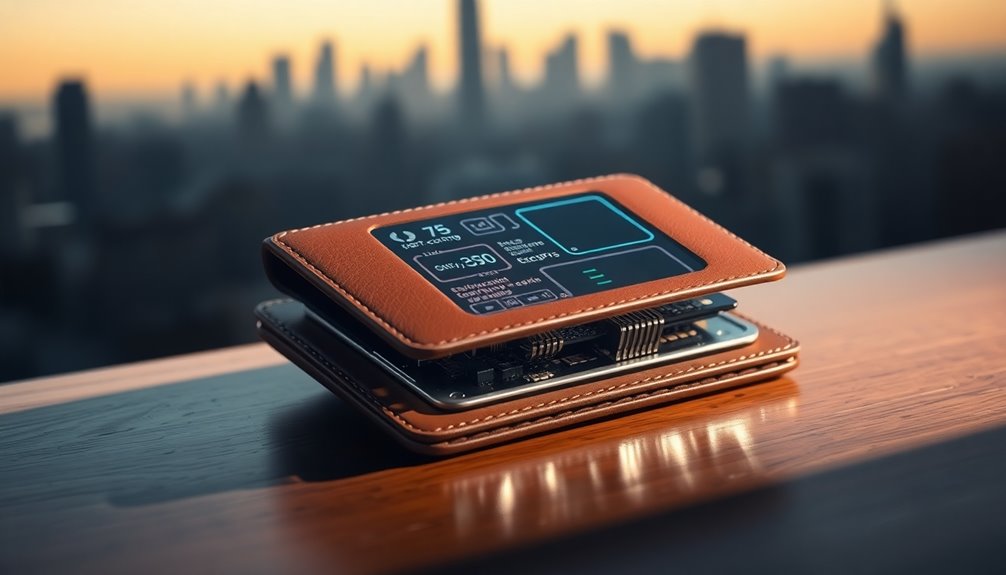
By taking control of your private keys, you gain unparalleled transaction autonomy and privacy in the world of cryptocurrencies. You own your assets entirely, with no third-party interference. This direct access to the blockchain allows you to send, receive, and store funds without needing permission from centralized exchanges or institutions. You can customize your security measures, including activating two-factor authentication or using multisig wallets for added protection. In the aftermath of the FTX collapse, many users have turned to self-custody wallets to ensure their financial security. Your transactions remain confidential, known only to you, and there are no Know Your Customer (KYC) requirements, safeguarding your identity.
Pros and Cons Overview
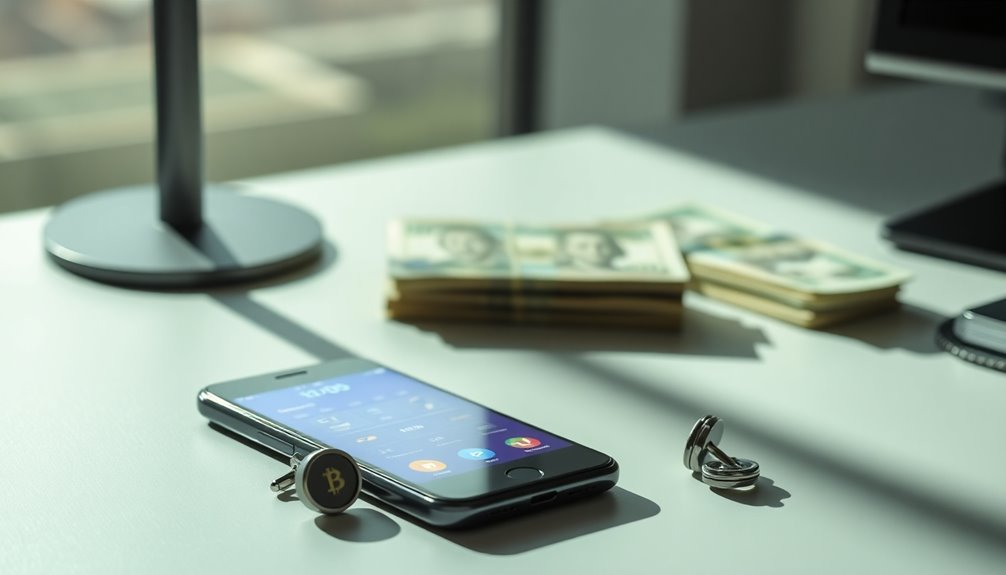
While self-custodial wallets offer significant advantages, they also come with challenges that users must navigate.
On the plus side, you enjoy full control over your assets, enhanced security through offline storage, and privacy since personal information isn't required. Plus, many don't charge fees for managing your assets, providing a cost-effective solution. Additionally, self-custody wallets align with the principles of decentralization in crypto, allowing for greater independence.
However, you bear the full responsibility for securing your private keys, which can be daunting. Technical knowledge might be necessary, especially with hardware wallets. There's also the risk of permanently losing access to your funds if you lose your keys.
Malware threats can compromise your assets, and maintaining wallet security and software updates can add to your burden.
Balancing these pros and cons is essential for effective self-custody.
Self-Custody vs. Third-Party Wallets
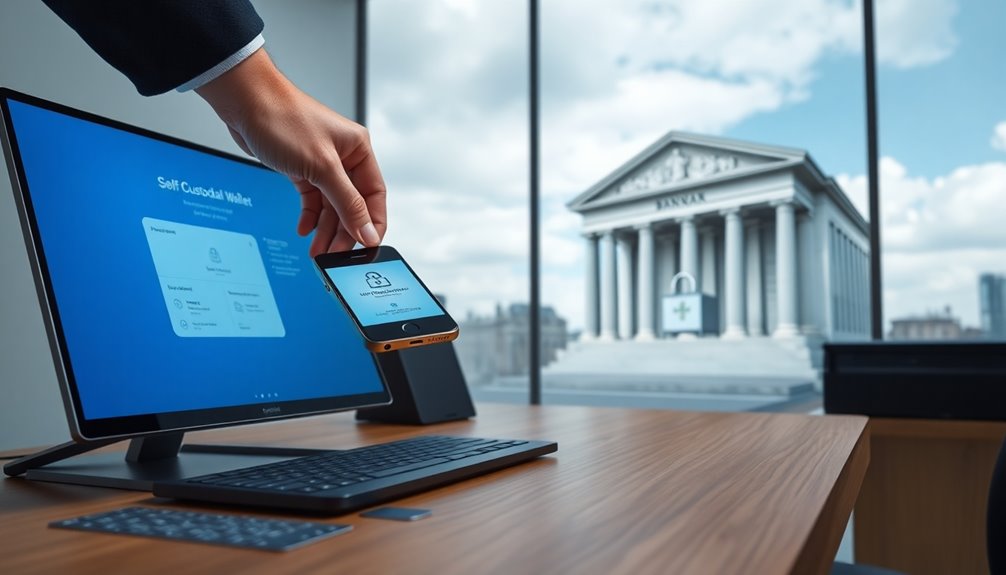
Self-custodial wallets stand out from third-party wallets primarily through control and independence. When you use a self-custodial wallet, you manage your private keys, giving you full control over your cryptocurrency assets. Your keys are generated and stored locally, meaning no third parties are involved in their management. This independence reduces risks associated with hacks and mismanagement, aligning with the decentralized principles of cryptocurrency.
While self-custodial wallets include options like hardware, software, and paper wallets, they do require you to handle complex details, such as seed phrases and backups. Additionally, self-custody wallets offer enhanced security and control over funds, providing independence from third-party risks. In contrast, third-party wallets simplify key management but compromise your control. Ultimately, self-custodial wallets ensure you have 100% ownership of your cryptocurrencies.
Security Vulnerabilities and Hacks

When you choose to use a self-custodial wallet, you're not only gaining control over your cryptocurrency but also facing certain security vulnerabilities. Hot wallets, which stay connected to the internet, are prime targets for hackers. Browser extension wallets, like MetaMask and Phantom, can expose your secret recovery phrase, allowing unauthorized access to your funds. You need to keep your web browser and computer clean to mitigate these risks. Losing your seed phrase means losing access to your assets forever, so secure it safely. Regularly updating your wallet software and using hardware wallets can significantly enhance your security. Additionally, understanding the importance of control of private keys is crucial, as it emphasizes the need for users to take responsibility for their asset security. Always be cautious of phishing scams and unsolicited messages that could compromise your private keys and seed phrases.
Emergence of Decentralized Finance
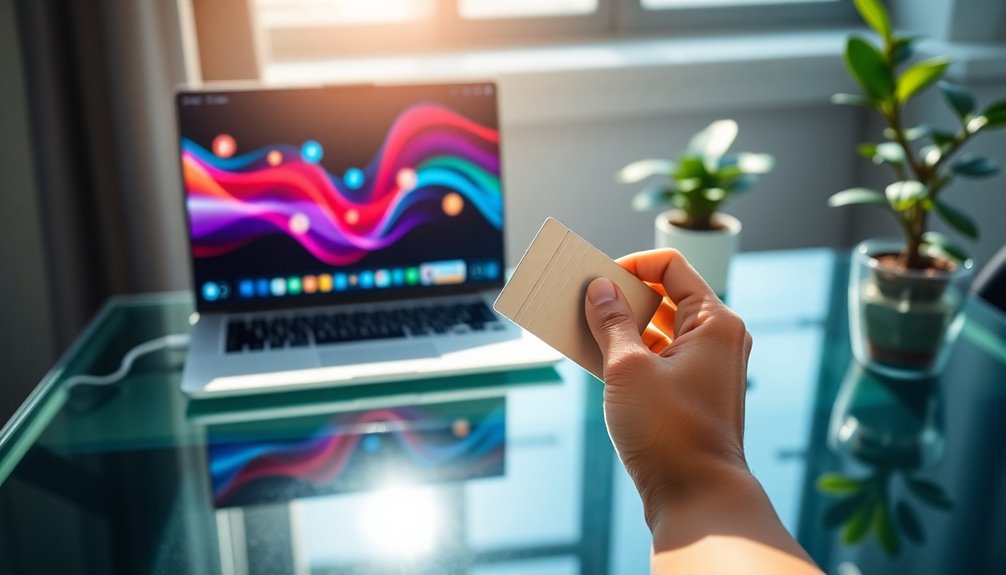
As decentralized finance (DeFi) continues to gain traction, it's transforming the way you manage and interact with your financial assets.
With self-custodial wallets, you have complete control over your funds, allowing you to engage with various DeFi tools like lending protocols and yield farming. You can stake crypto for interest or lend it out for yield, all without the interference of central authorities. This autonomy means you can interact with decentralized applications (DApps) directly, without needing third-party approval. Plus, your financial information stays private, as you retain control over your private keys. Furthermore, using a self custody wallet ensures that you are protected against restrictions or freezes imposed by intermediaries.
Use Strong, Unique Passwords
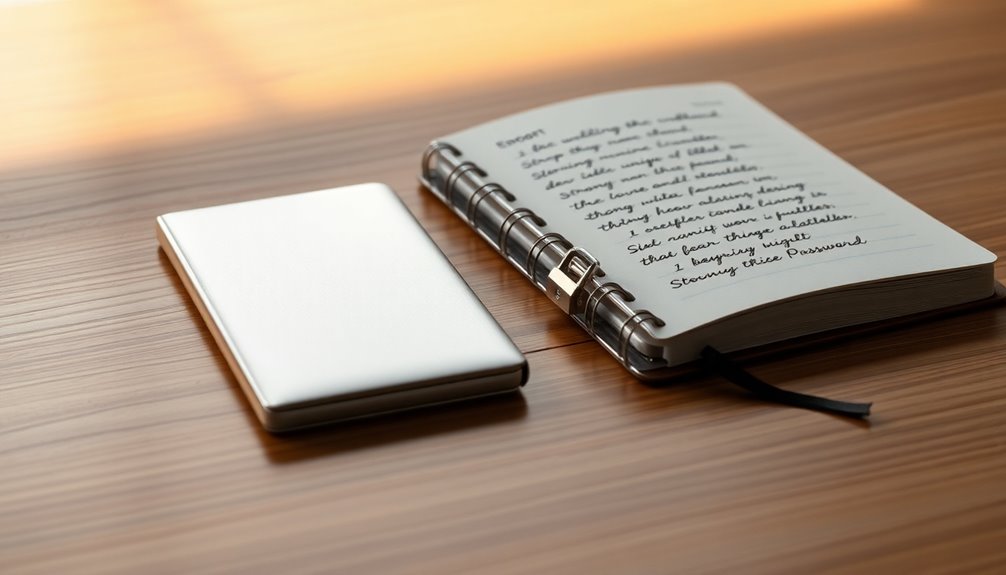
To safeguard your digital assets effectively, using strong, unique passwords is essential. These passwords help prevent password-related attacks, making it harder for cybercriminals to guess or crack your credentials.
By ensuring each account has a different password, you reduce the risk of credential stuffing and account takeovers. It's crucial to protect your personal and financial information, as strong passwords secure your bank accounts and shopping profiles against identity theft.
Consider using a password manager to generate and store unique passwords, keeping them accessible through a master password. Aim for passwords that are at least 16 characters long, mixing uppercase, lowercase, numbers, and symbols. This way, you enhance security and minimize the chances of successful password attacks. Strong passwords are crucial for maintaining digital security and reducing risks of identity theft and financial loss.
Frequently Asked Questions
How Do I Choose the Best Self-Custodial Wallet for My Needs?
To choose the best wallet for your needs, start by evaluating security features like two-factor authentication and encryption.
Look for a user-friendly interface that suits your experience level. Ensure it supports multiple cryptocurrencies and integrates with DeFi platforms.
Check for cold storage options to keep your private keys safe offline.
Finally, consider the wallet's ability to manage NFTs and provide real-time portfolio tracking for a comprehensive experience.
Can I Recover My Funds if I Lose My Self-Custodial Wallet?
Losing a self-custodial wallet can feel like losing an entire treasure chest!
If you lose access, recovering your funds can be tricky. You'll need your seed phrase or private keys to restore your wallet, and without them, your assets might be gone forever.
If it's a hardware wallet, remembering the PIN is crucial.
Always back up your information to avoid such nightmares, and consider using multiple secure locations for your recovery phrases.
Are There Fees Associated With Using a Self-Custodial Wallet?
Yes, there are fees associated with using a self-custodial wallet.
You'll encounter network fees, which vary based on blockchain congestion, and any fees from third-party services for buying or trading crypto.
Additionally, you might face gateway fees for transactions involving currency conversion.
However, transferring crypto within your wallet typically doesn't incur fees.
It's essential to review fee structures before completing transactions to avoid surprises.
What Cryptocurrencies Can I Store in a Self-Custodial Wallet?
Think of a self-custodial wallet as your personal treasure chest, holding a variety of cryptocurrencies.
You can store major coins like Bitcoin and Ethereum, along with altcoins such as Cardano and Binance Coin.
It's also compatible with various tokens and DeFi projects, like Uniswap.
Some wallets even keep your unique NFTs safe.
This flexibility lets you manage a diverse portfolio all in one secure place, giving you complete control over your digital assets.
How Do I Transfer Funds to a Self-Custodial Wallet?
To transfer funds to your self-custodial wallet, start by using the wallet's receive feature to generate a receiving address.
Double-check that the address is correct to avoid sending funds to the wrong place.
Then, initiate the transfer from your other wallets or exchanges, ensuring all transaction details are accurate.
After the transfer, confirm the transaction on the blockchain to make sure your funds arrived safely in your wallet.
Conclusion
In conclusion, opting for a self-custodial wallet gives you unparalleled control over your crypto assets. With over 70% of crypto thefts stemming from third-party wallets, taking charge of your security is more crucial than ever. By managing your own keys, you enhance your privacy and minimize risks. Just remember to use strong, unique passwords to further protect your investments. Empower yourself with knowledge and tools to navigate the decentralized finance landscape confidently.
